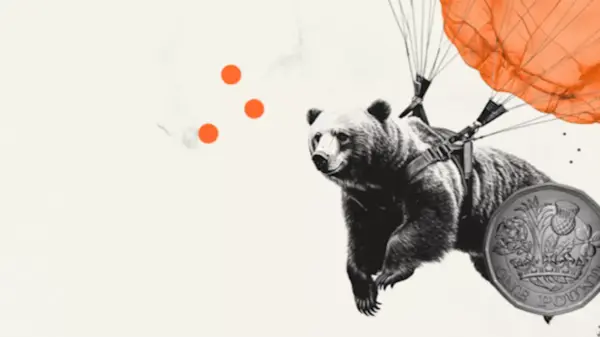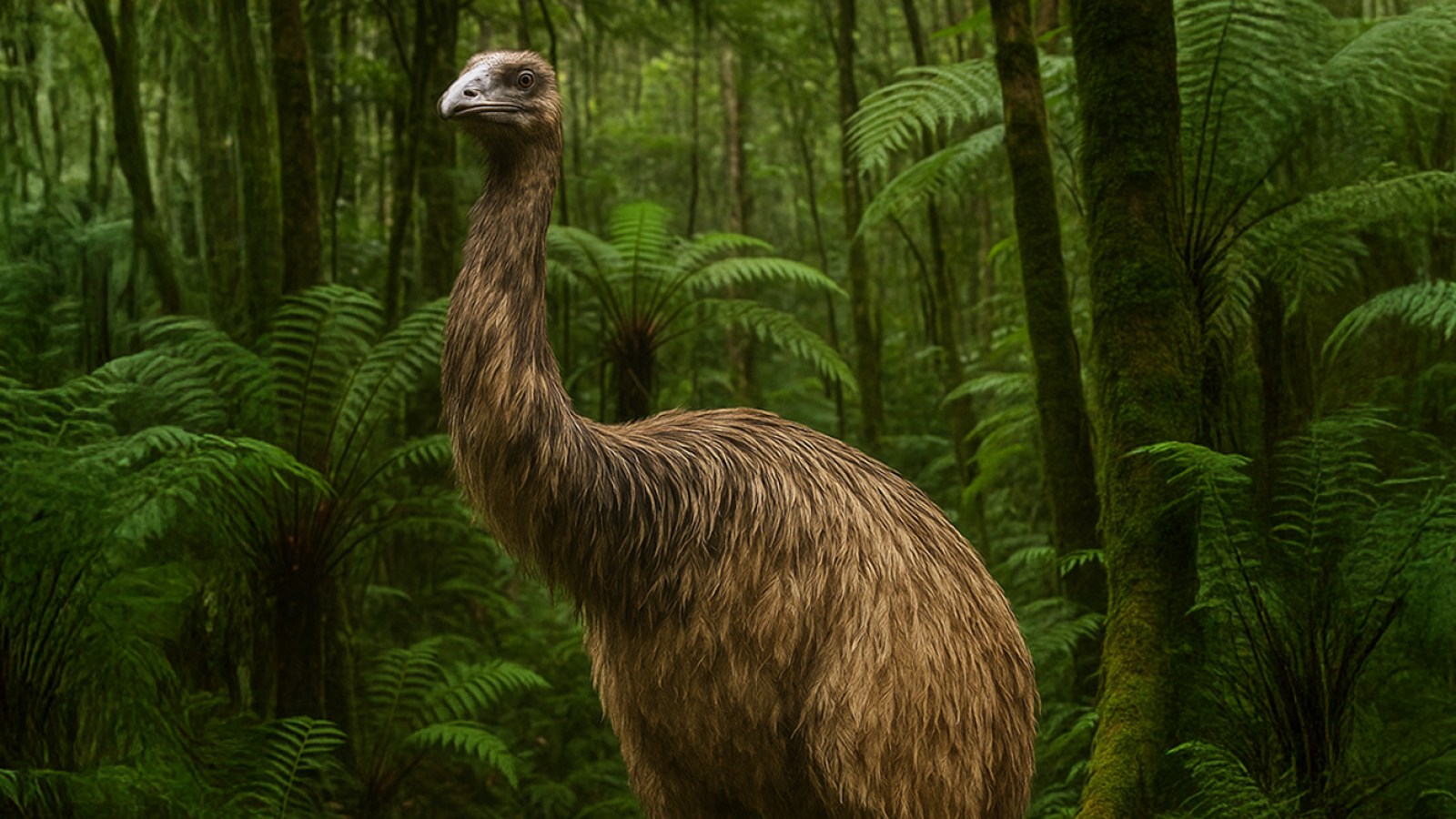On Tuesday, Colossal Biosciences announced an ambitious plan to resurrect the moa, a towering bird that once dominated New Zealand’s landscapes but has been extinct for nearly 600 years. The giant moa, a flightless bird reaching heights of nearly 12 feet, was a significant part of New Zealand’s natural history and cultural identity, especially for the Māori, the indigenous Polynesian people of the region. Colossal aims to bring the moa back to life within five to ten years by sequencing its genome from ancient DNA samples.
This announcement follows Colossal’s previous efforts in the realm of de-extinction, where they have already made headlines by creating living dire wolves, a species believed to have disappeared around 10,000 BCE. The Dallas-based company is also working on reviving other extinct species such as the dodo, the Tasmanian tiger, and their flagship project, the woolly mammoth, which has already seen the creation of woolly mice.
De-Extinction: Science Meets Controversy
Colossal’s endeavors have sparked significant public interest and some controversy among conservationists and scientists specializing in gene editing. In April, the company introduced dire wolf pups, which were developed by integrating ancient DNA fragments into the genome of gray wolves, thereby giving them dire wolf characteristics. This move led to debates within the scientific community about the authenticity of these recreated species.
“If it looks like a dire wolf and it acts like a dire wolf, I’m gonna call it a dire wolf,” said Beth Shapiro, Colossal’s chief science officer, defending the company’s approach to species classification.
Despite the skepticism, Colossal’s projects have attracted major celebrity investors. The moa revival project was notably inspired by filmmaker Peter Jackson, renowned for his work on the “Lord of the Rings” trilogy, who has long envisioned the return of the moa as part of New Zealand’s cultural renaissance.
The Role of Māori Culture and History
Jackson’s involvement also facilitated a partnership between Colossal and the Ngāi Tahu Research Centre at the University of Canterbury, a leading institution for Māori indigenous scholarship. Mike Stevens, director of the Ngāi Tahu Research Centre, explained the historical significance of the moa to the Māori people, highlighting how the bird was integral to their survival and adaptation after migrating from Polynesia in the 1300s.
“The moa was the key resource that allowed this relatively small founding population to survive and grow and flourish,” Stevens noted.
The Ngāi Tahu tribe, principal to the southern region of New Zealand, is central to the revival project. The tribe’s historical interactions with the moa provide a unique cultural perspective that enriches the scientific endeavor. The moa’s extinction, approximately 150 years after the Māori’s arrival, underscores the delicate balance of New Zealand’s ecosystem, a concept Stevens refers to as a “fragile plenty.”
Scientific and Cultural Collaborations
For the next six months, Colossal scientists, alongside archaeologists from the Ngāi Tahu Research Centre, will focus on collecting ancient DNA samples. They have already extracted around two dozen samples from Jackson’s personal collection of moa fossils, supplementing these with samples from the Canterbury Museum. The goal is to assemble enough genetic material to construct genomes for all nine moa species, with the first expected by the summer of 2026.
Colossal’s CEO, Ben Lamm, emphasized the importance of this partnership with indigenous groups, marking a new chapter in the company’s approach to de-extinction. “The stewards and the people of this land, the Māori, inviting us in, and working with them in a true collaborative fashion, where the Ngāi Tahu Research Centre is the driver of the project is not a way we’ve ever collaborated before,” Lamm stated.
“This is a long-term partnership. We have gone so deep now in not just the ecological or environmental benefit of this species, but in the cultural history, it’s been awesome,” Lamm added.
As Colossal continues its groundbreaking work, the potential revival of the moa represents not just a scientific achievement but also a cultural renaissance for New Zealand, promising new insights into the nation’s past and its indigenous heritage. The collaboration between Colossal and the Māori community may set a precedent for future scientific endeavors that seek to bridge the gap between technology and tradition.





































































